Women of CalTrout: Loretta Keller
The Women of CalTrout
Join us for the return of our profile series featuring remarkable women shaping the conservation landscape! Our Communications Associate, Claire Bergerson, sits down for conversations with the women of CalTrout, who are contributing their experience, talents, and time to preserve the home of humans and wildlife. Follow along as these women share their journeys and perspectives, inspiring a new generation of women to challenge the status quo.
Loretta Keller, CalTrout Board Member, and Claire Bergerson, Communications Associate
What sparked your passion for exploring California’s outdoors and how did you find yourself drawn to the world of fly-fishing?
Being born in British Columbia and growing up in California, the forested coastal woodland environment is in my DNA. My family lived in the foothills of Los Angeles and nature has always been a place where I find strength, peace, and wonder. It recharges me. When I was growing up in LA, the air quality was terrible and there seemed to be a concrete jungle all around me. The riding and hiking trails around my home were my refuge.
My mom also had a big influence on how I see nature. She appreciated and observed the natural world so closely, and I first saw nature through her eyes – so full of curiosity and wonder.
Up until my 40s, I poured a significant amount of time into my career, and then felt pulled back into the natural world, which took the form of fly-fishing. It was a serendipitous coincidence that one of my chef friends introduced me to a fly-fisherman in Montana. I picked up a rod, took some lessons, and fell into a wonderful community of people who love to spend time on the water.
How did you first hear about and get involved with CalTrout?
I was working at my restaurant in the Exploratorium, and one of my customers and I went fishing together. Next thing I know, he asked me to have lunch with Linda Ach, at the time the sole female member of the CalTrout board, as she expressed interest in me joining. I was nervous and doubted my qualifications. But my strong desire to learn about rivers and fish, coupled with my advocacy work within the Bay Area sustainability community spurred me to embrace the opportunity.
Fast forward to the Annual Trout Camp Gala auction, where I donated a private meal which turned into such a memorable night. Paired with John McCosker, a scientist and the Chair of Aquatic Biology at California Academy of Sciences, I cooked and he talked about the history of ecosystem repair and resilience in the area, even providing background on the oysters we were eating. The energy in the room, filled with individuals passionate about the environment and committed to supporting CalTrout’s restoration efforts, was truly inspiring.
The makeup of the board has changed in such a positive way and now we have six rockstar women with such different backgrounds – we have created a beautiful, diverse mosaic and each person brings something different.
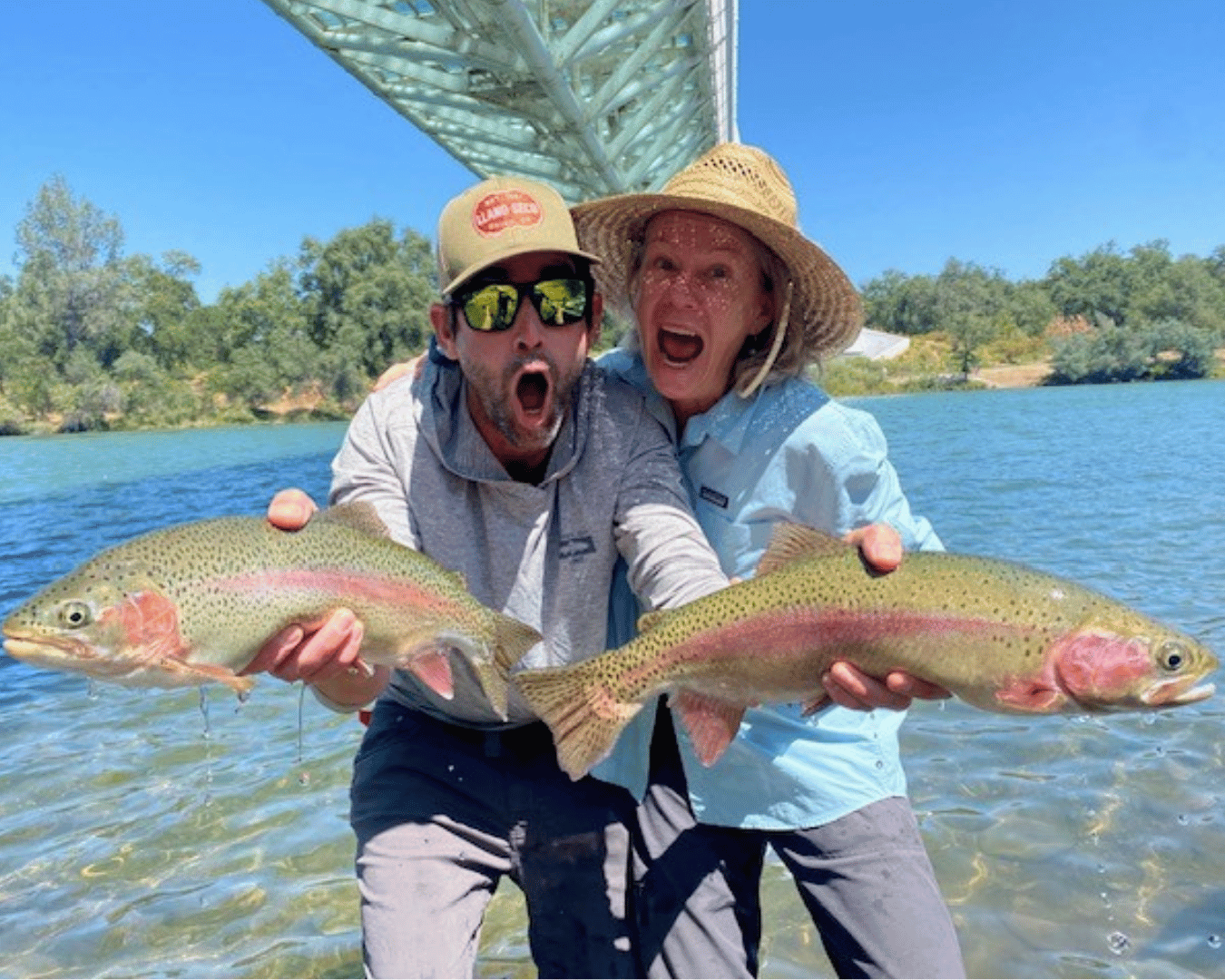
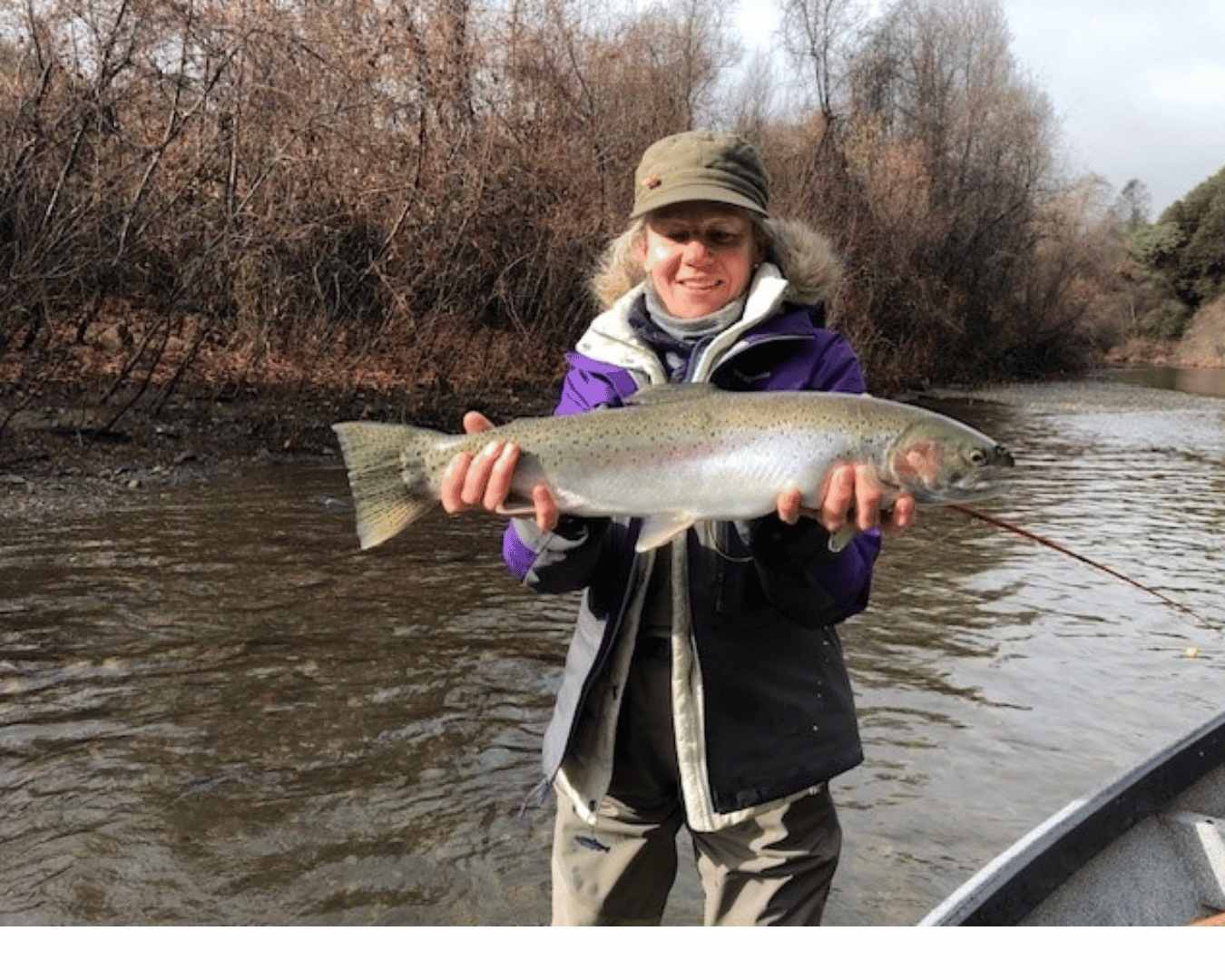
How does conservation fit in with other aspects of your life, such as family or culinary arts?
Conservation is at the core of my relationship with culinary arts. I’ve been part of the Bay Area food scene for a long time and have always prioritized supporting farmers and organic, sustainable practices. It felt like a natural move for me from sourcing local-grown, quality ingredients for my restaurants to caring about fish and their habitats. Specifically, I’ve been active in the fight against farmed salmon and being part of CalTrout and the Wild Salmon Center has empowered me with the knowledge to speak out about it, contribute to this great movement, and get people on board with conservation.
What does it mean to you to be a woman in both conservation and culinary arts?
I don’t think it’s a coincidence I ended up in San Francisco, where there is more female culinary talent than in most areas in the US. My experience has been grounded in collaboration and support among my female colleagues. Having decades of experience as a chef in the city, I’ve attracted young cooks who feel comfortable in my kitchen, mentored them, and witnessed positive changes within the industry. Similarly, I am so inspired by all the highly qualified, committed women transforming the conservation landscape, from grant writers to field workers.
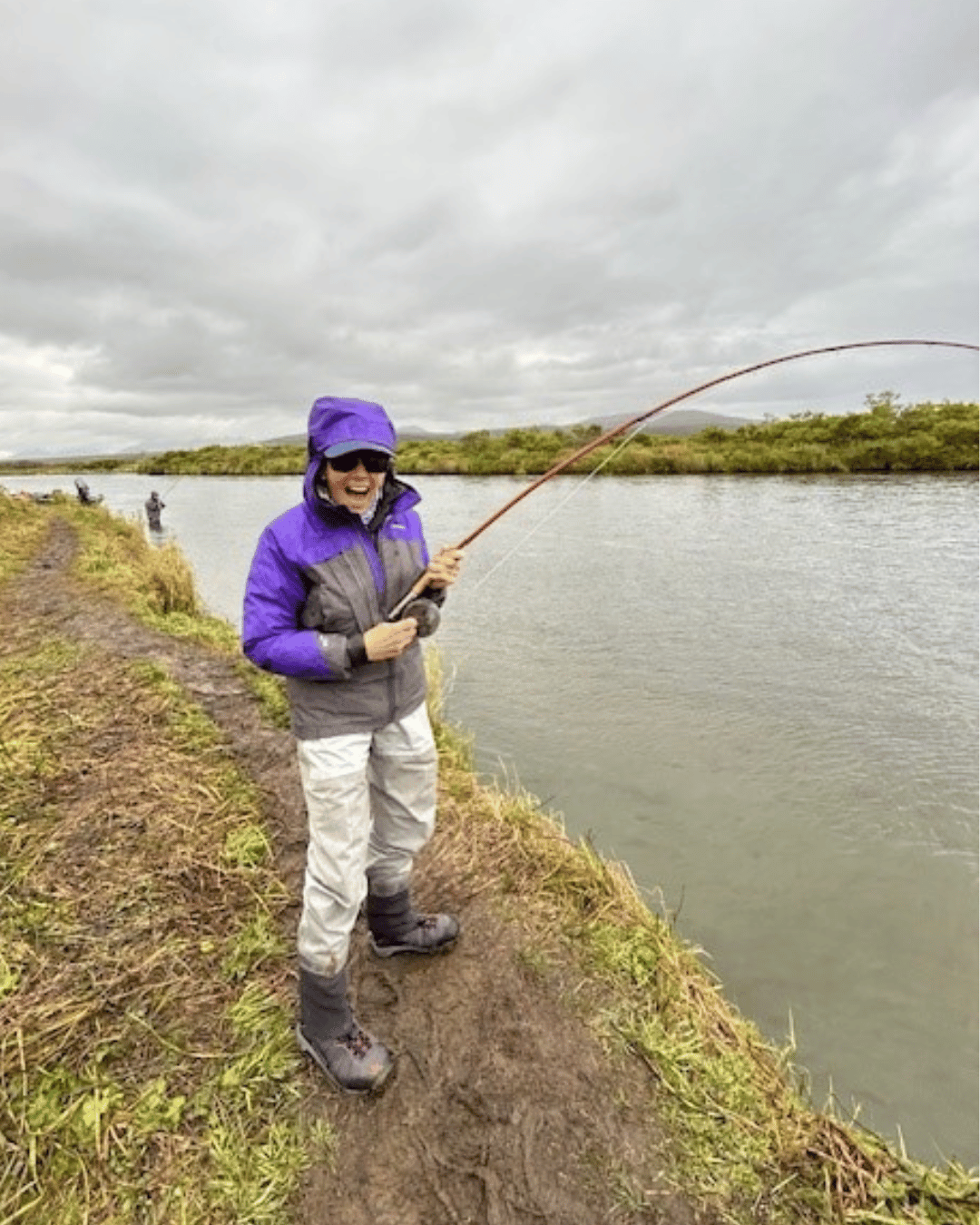
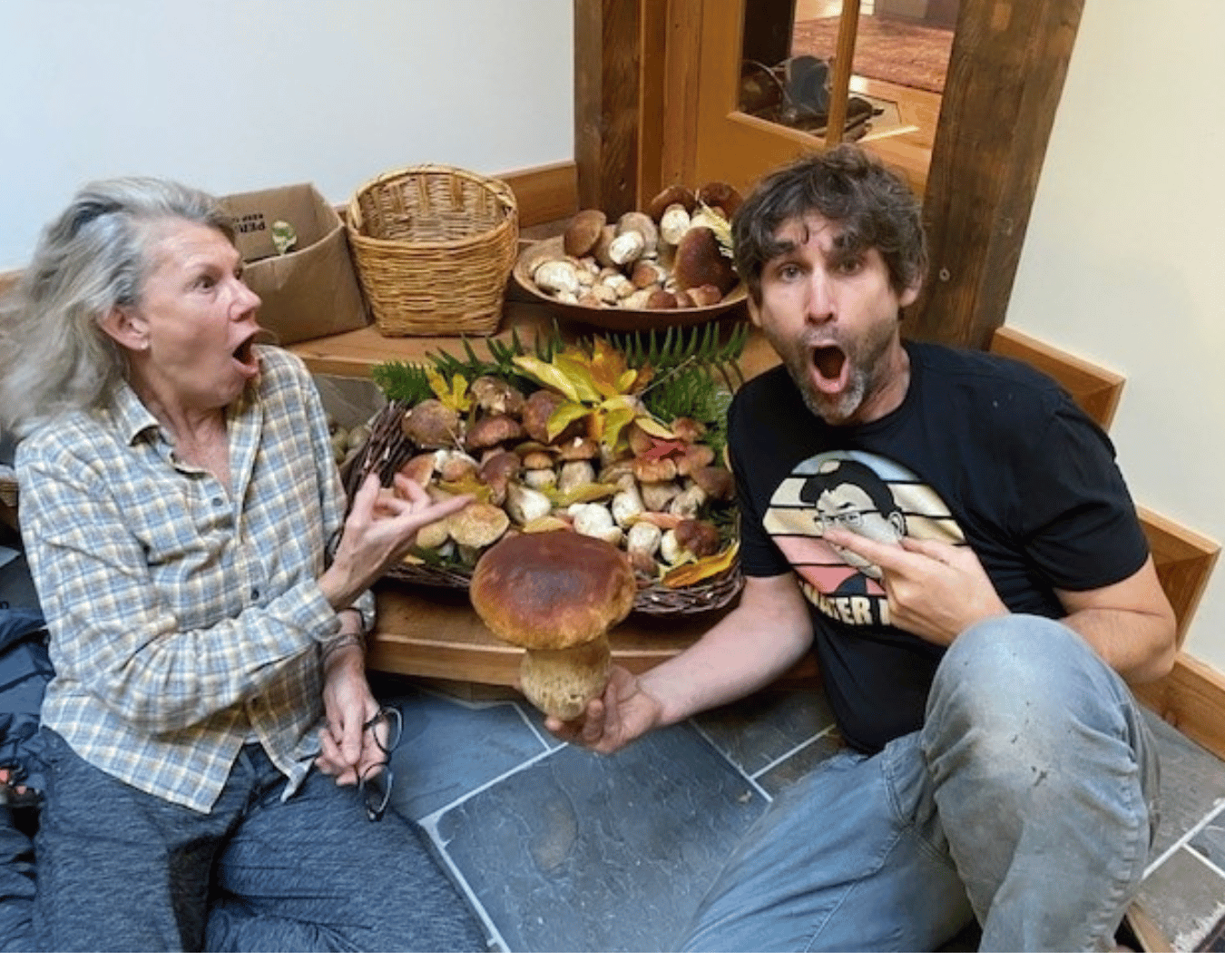
To celebrate the "history" part of Women's History Month—is there a woman from history that you find especially inspiring? Or perhaps a mentor from your own life?
So many! Three badass women come to mind: Sacagawea, Amelia Earhart, and Cher.
Also, Madame Curie for her brilliance and persistence in the face of so many obstacles.
And Julia Child for taking risks, for living to eat and not eating to live, for bringing French cuisine to America, defining the word ‘moderation’ and for making me fall in love with cooking.
What message would you share with younger women who hope to pursue a career or hobby in conservation or angling?
There is no substitute for getting out and being on the water. Practice, immerse yourself in the place. Don’t hold back. You can do anything you want to do if you’re persistent, patient, and willing to take risks. Just frickin go for it!
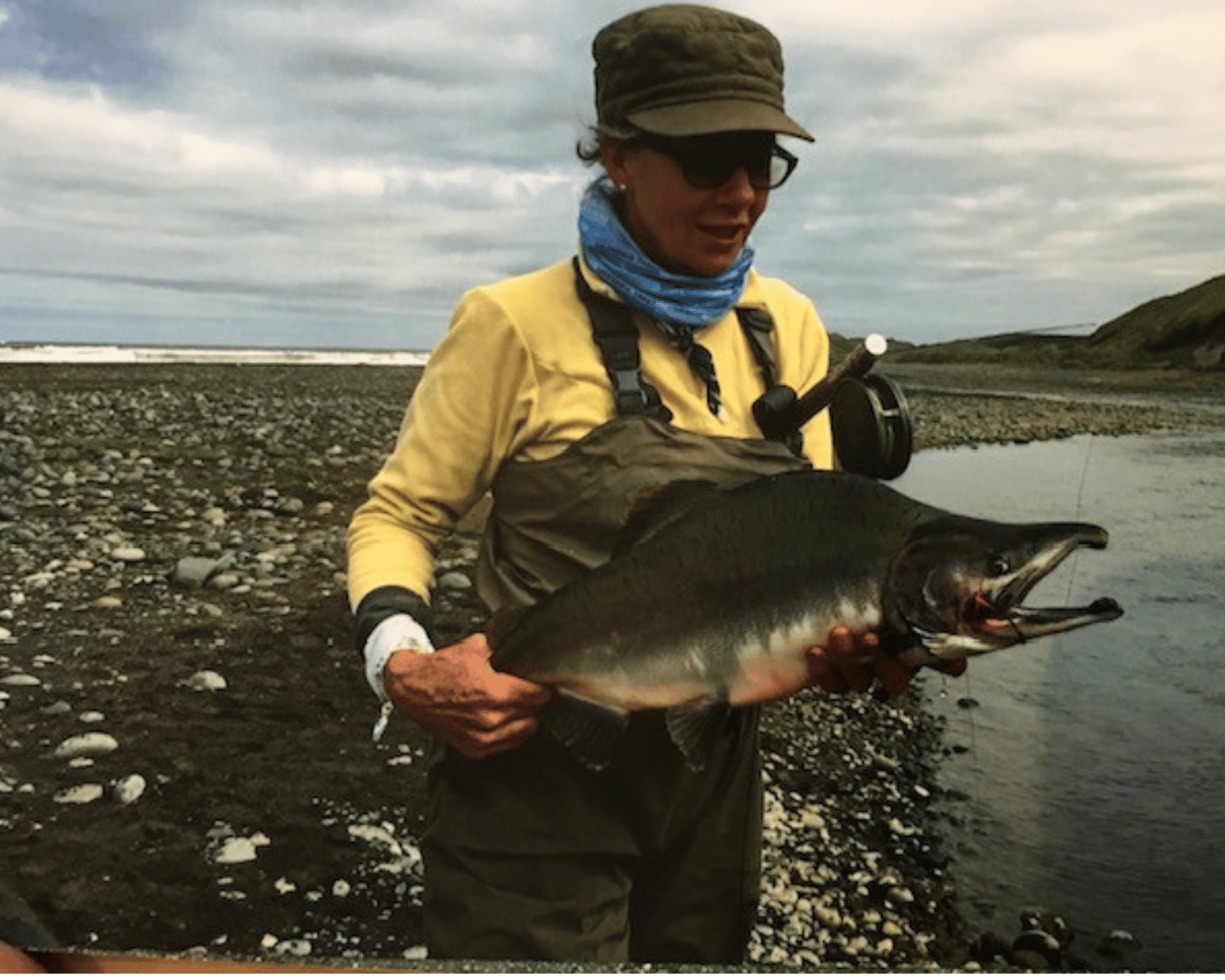
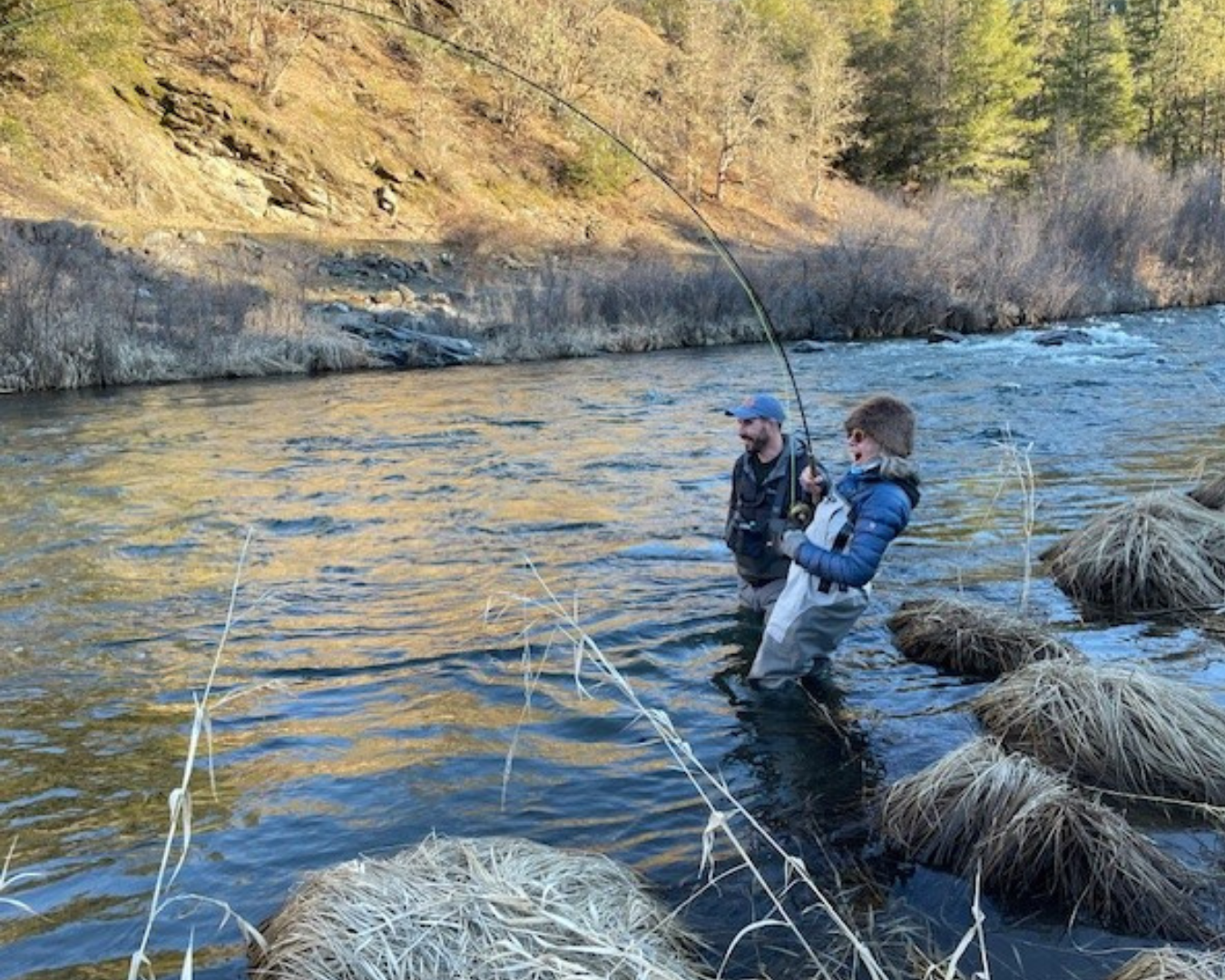
Bonus question: do you have a favorite fish/river/body of water in California?
That’s like asking me to pick my favorite food! I do really love fishing in Alaska for silver salmon. Here it’s the McLeod that takes my breath away. But really any remote location on a river will do. To be able to visit places without a map app and fish waters that are infrequently fished – you just get to immerse yourself in the place, read the water, and try out new stuff. It really brings out a childlike enthusiasm in me, a wonder that never ceases.
Meet the Women of CalTrout
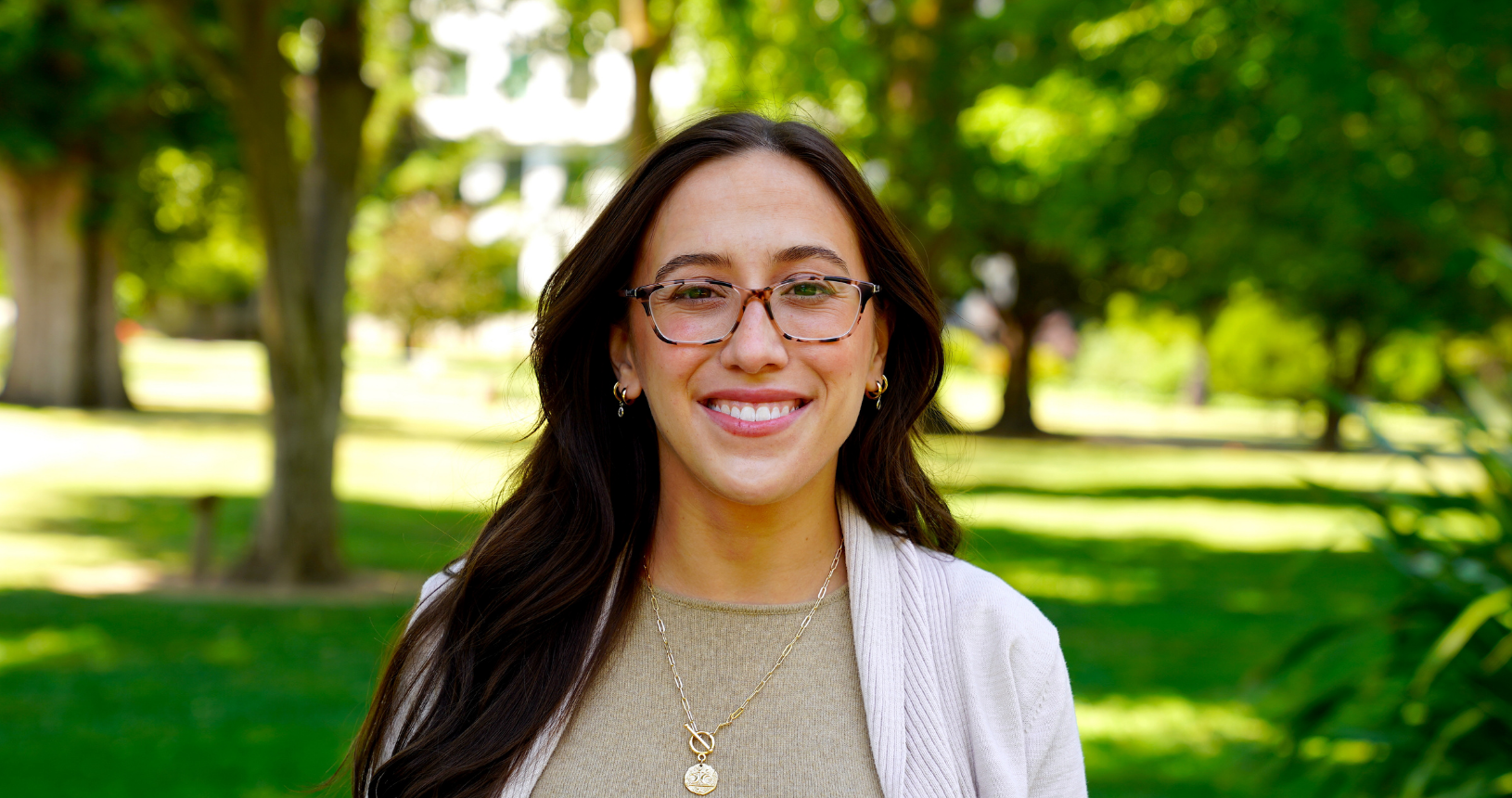
Analise Rivero
CalTrout Associate Director of Policy
Amanda Cooper
CalTrout Staff Attorney
Katy Gurin
CalTrout North Coast Project Manager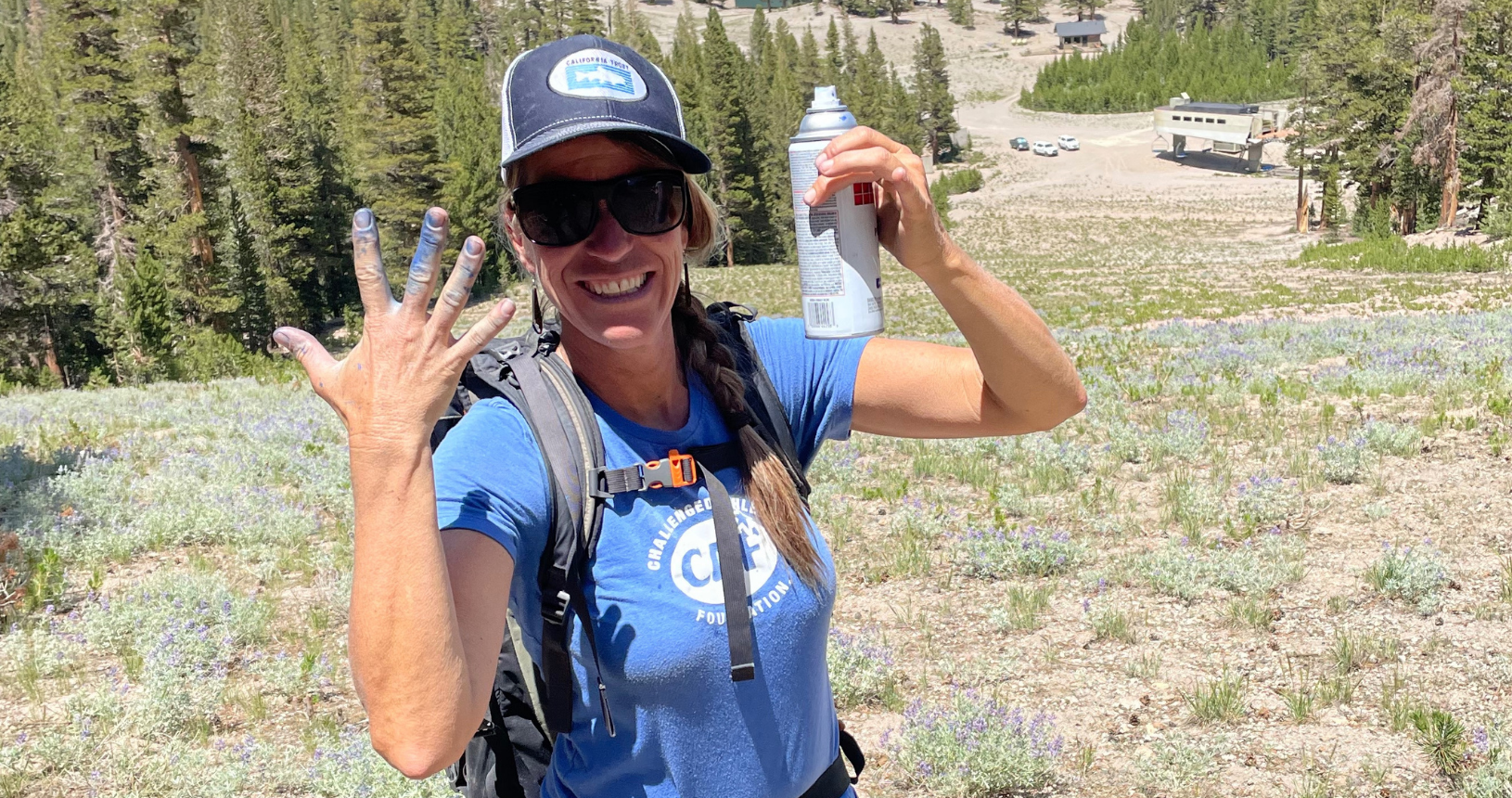
Allison Dodds
CalTrout Sierra Headwaters Project Manager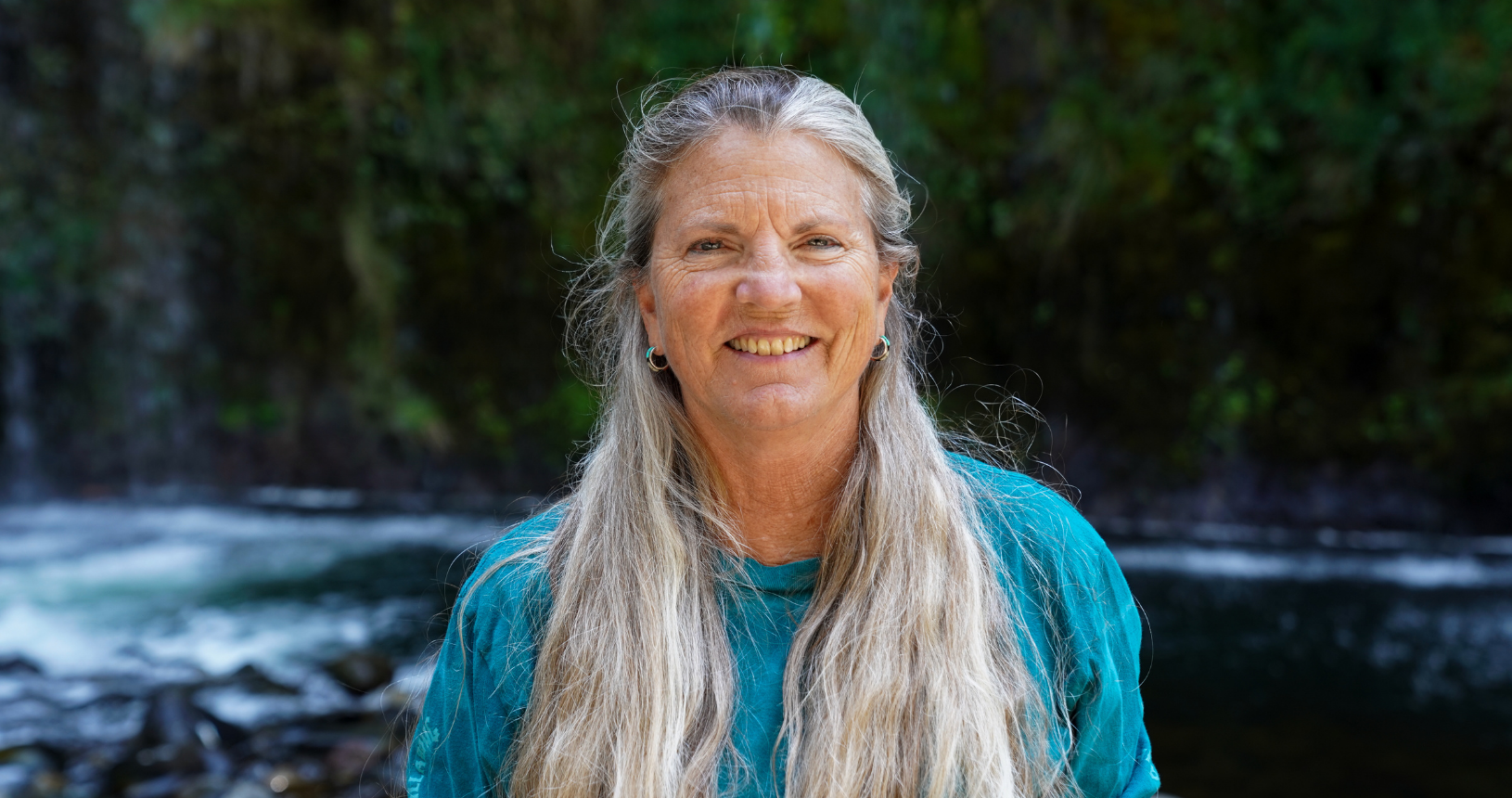
Sandra Jacobson
CalTrout Sierra Headwaters & South Coast Regional Director
Ada Fowler
CalTrout Mount Shasta-Klamath Senior Project Manager
Kam Bezdek
CalTrout Policy Associate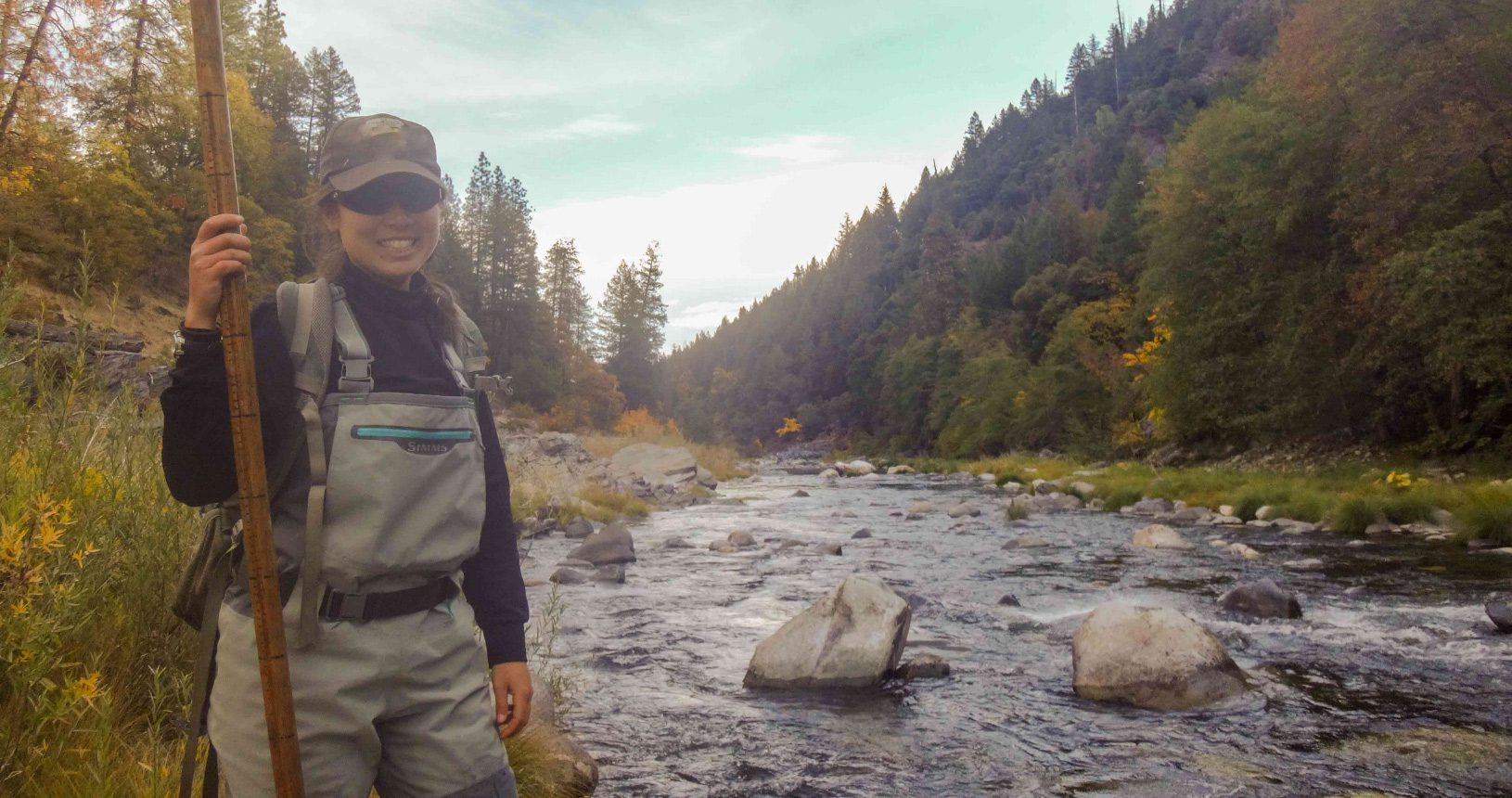
Serena Doose
CalTrout Mt. Shasta-Klamath Project Manager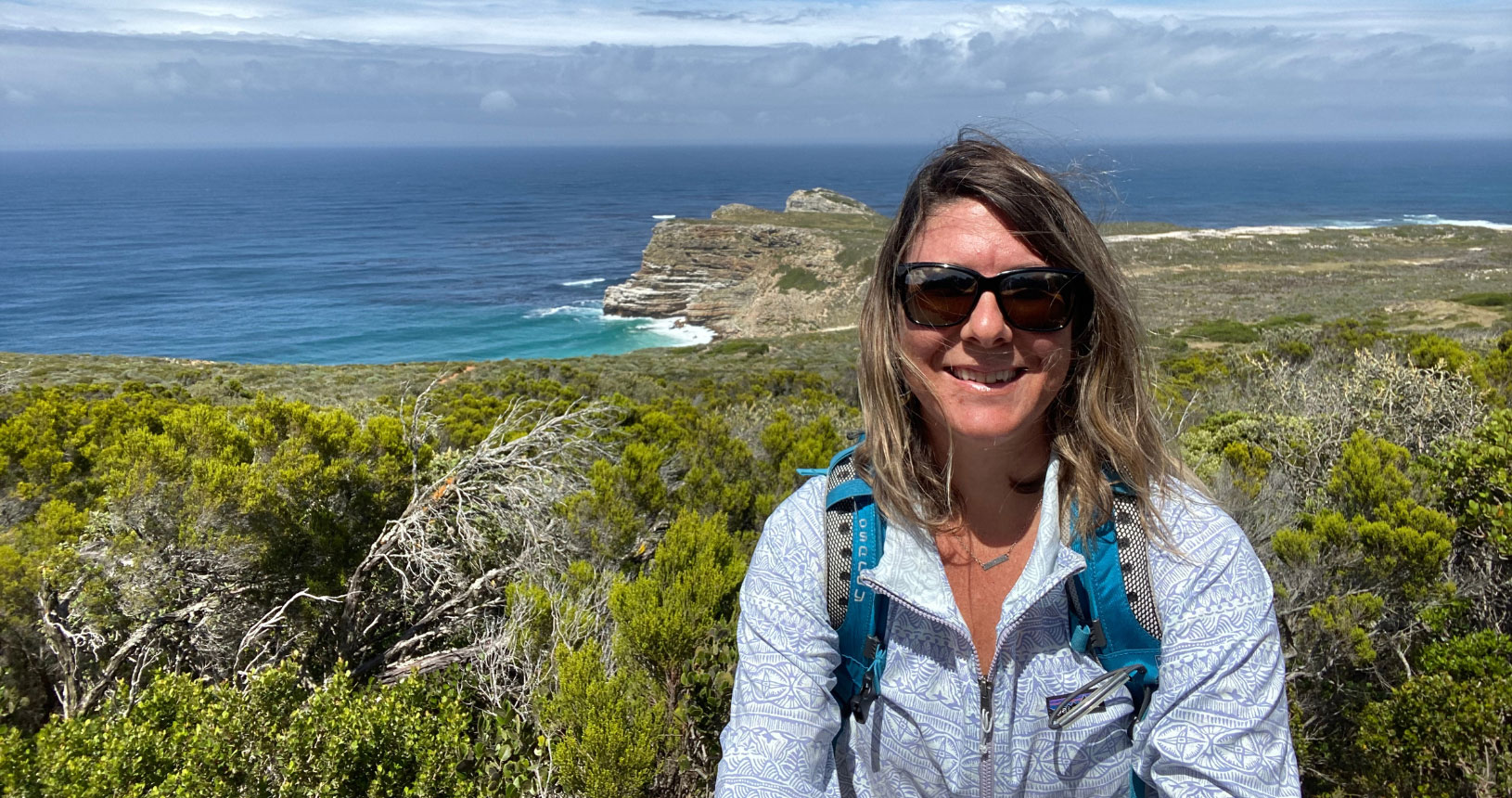
Holly Swan
CalTrout Mt. Lassen Project Manager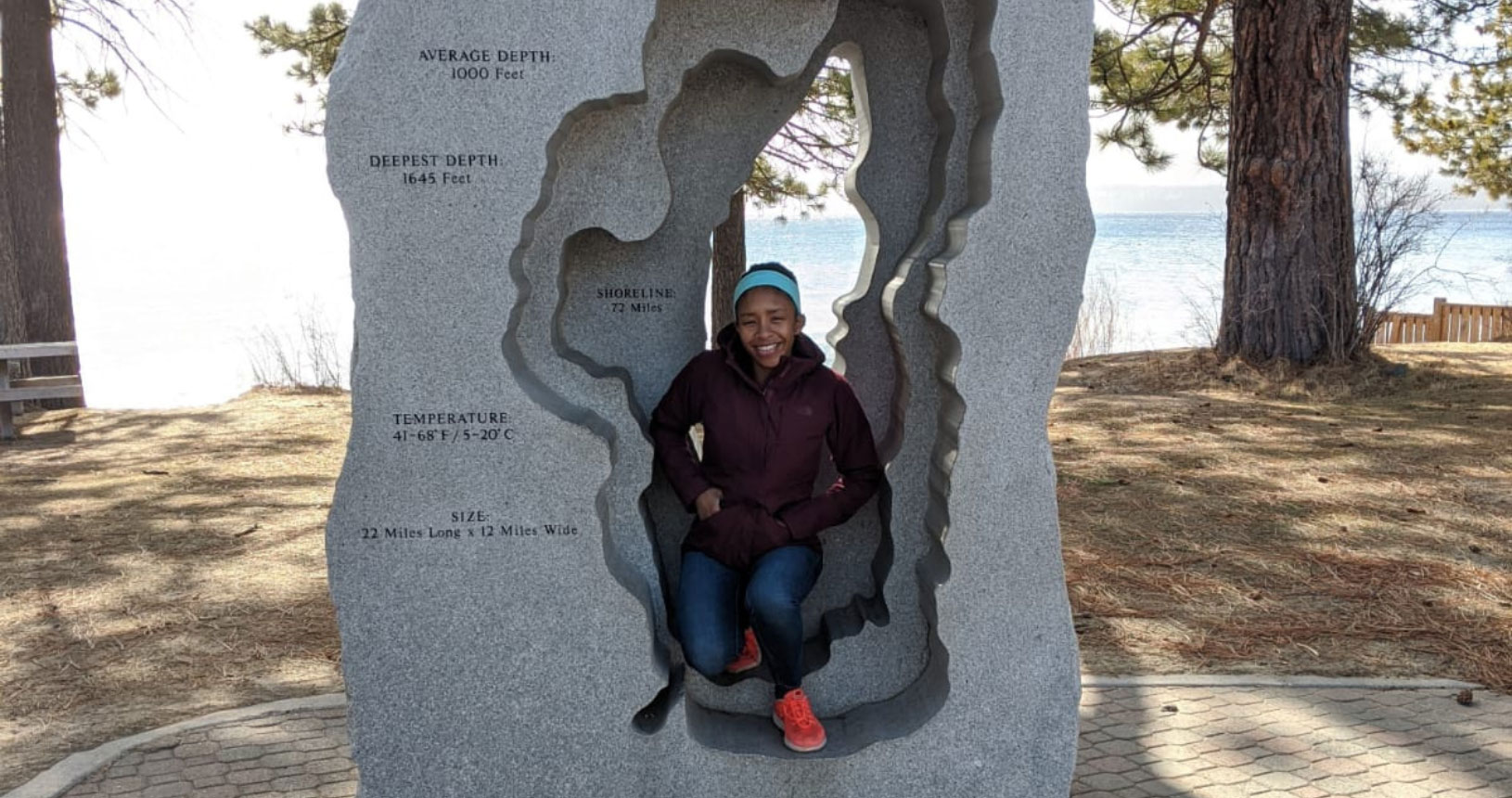
Camyle Allen
CalTrout Conservation Contracts Manager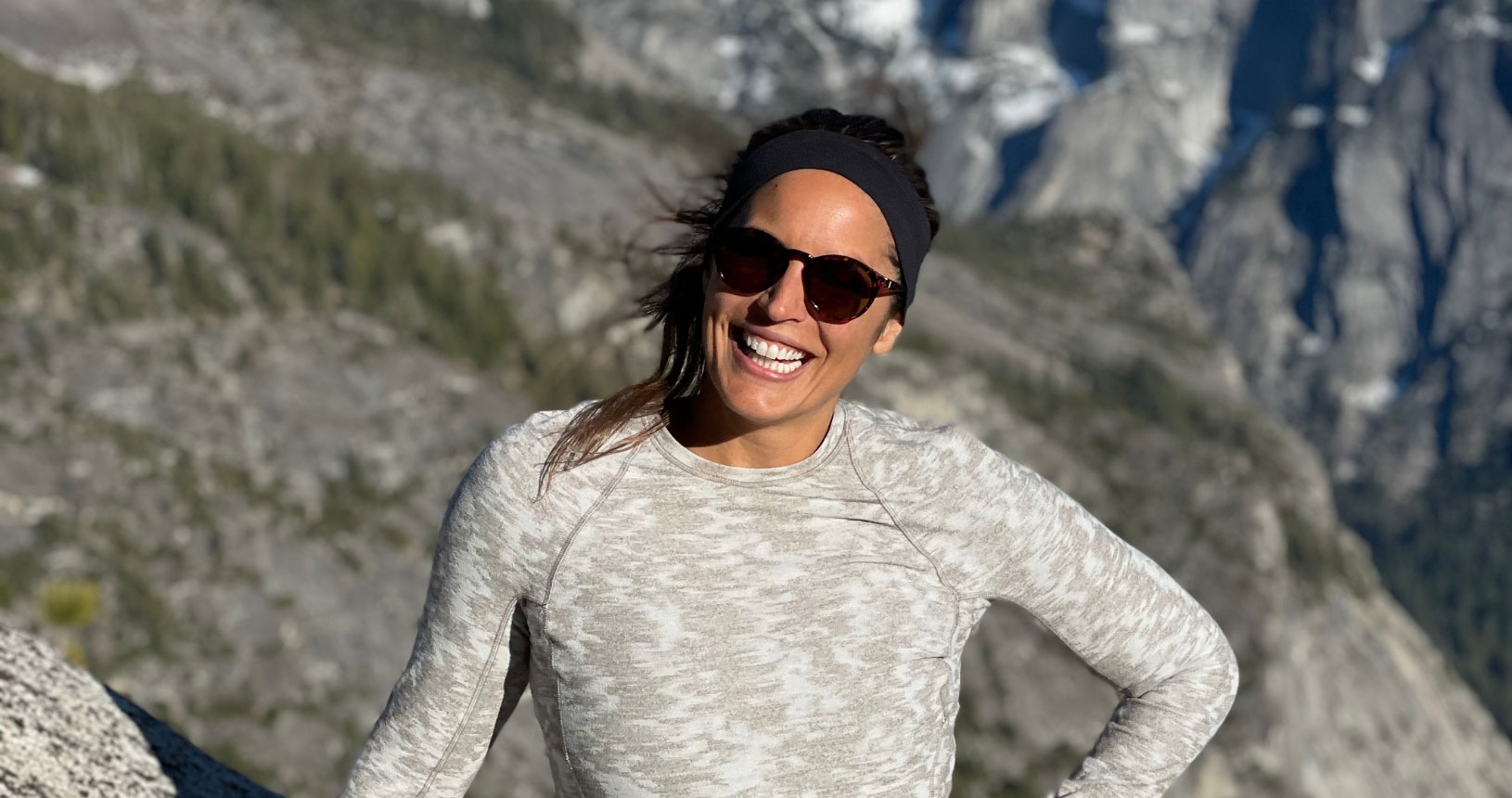
Claire Buchanan
CalTrout Bay Area Senior Project Manager
Marrina Nation
CalTrout Sierra Headwaters Project Manager
Gaby Roff
CalTrout Director of Institutional Giving
Malinda Baker
CalTrout Grants Associate
Lazara Ramos
CalTrout Grants Manager
Melissa Racklyeft
CalTrout Senior Grants Manager
Sarah Trenschel
CalTrout Member


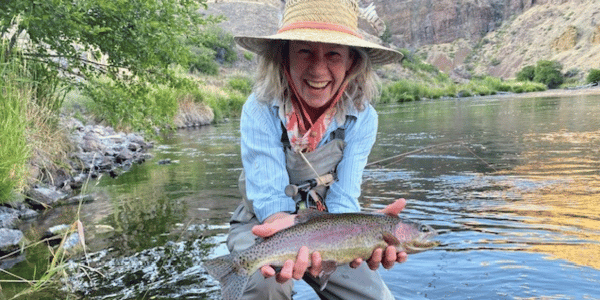
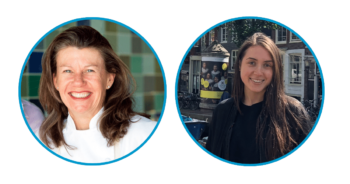



1 Comment
I love it! Loretta continues to inspire my culinary desires by stretching us to the limit of really how close can we get to our food source!